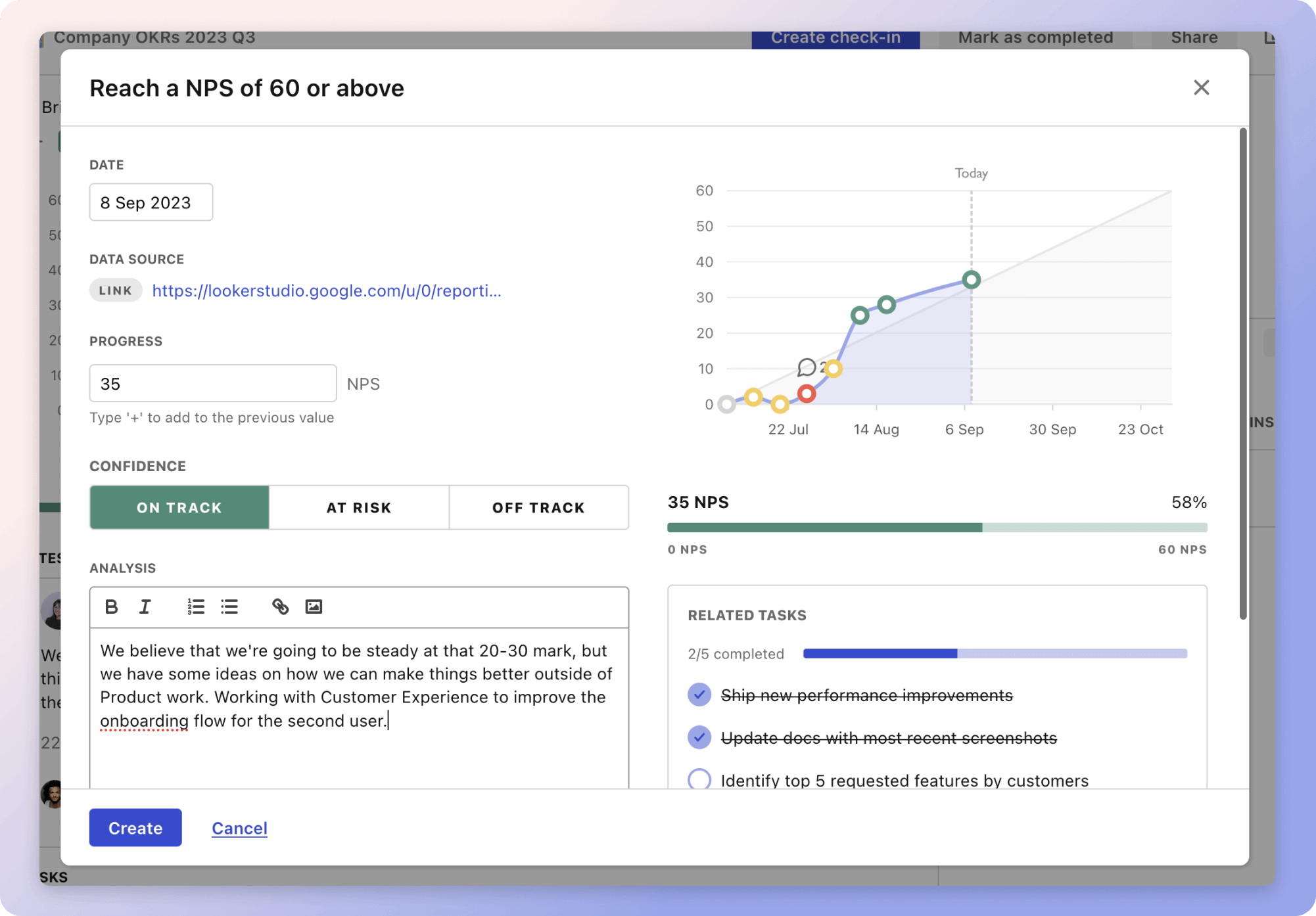In the pursuit of improving cyberbullying detection, this plan emphasizes enhancing five key metrics: Accuracy, Precision, Recall, F1-Score, and AUC-ROC. Accuracy ensures that the system's overall predictions are consistently correct, which is crucial for trust in its results. Precision matters because it focuses on minimizing false positives, ensuring that only true bullying cases are caught, akin to avoiding unnecessary alarms.
Recall highlights the importance of capturing all actual bullying cases, as missing them could mean leaving victims unprotected. The F1-Score provides a balanced view by combining Precision and Recall, ensuring both are strong without leaning too heavily on one. Lastly, AUC-ROC helps distinguish between bullying and non-bullying cases across different thresholds, improving the system’s decision-making flexibility.
The importance of these metrics lies in their ability to foster a robust, precise, and adaptive detection system. By focusing on these, the plan ensures that improvements are made across all aspects of detection, ultimately protecting victims more effectively.
Top 5 metrics for Improve Cyberbullying Detection
1. Accuracy
Proportion of overall correct predictions made by the system
What good looks like for this metric: Typical values range from 85% to 92%
How to improve this metric:- Regularly update training data with new examples of cyberbullying
- Employ data augmentation techniques to enhance model robustness
- Refine algorithms to better differentiate between nuanced bullying and benign interactions
- Invest in powerful computational resources for training
- Enhance feature selection to include more relevant variables
2. Precision
Proportion of identified bullying incidents that were truly bullying (minimises false positives)
What good looks like for this metric: Typical values range from 80% to 89%
How to improve this metric:- Implement stricter thresholds for classifying messages as bullying
- Use ensemble methods to improve precision
- Incorporate more contextual clues from text data
- Regularly review and analyse false positive cases
- Enhance algorithm's sensitivity to language nuances
3. Recall
Proportion of actual bullying cases that the system successfully detected (minimises false negatives)
What good looks like for this metric: Typical values range from 86% to 93%
How to improve this metric:- Increase dataset size with more diverse examples of bullying
- Utilise semi-supervised learning to leverage unlabelled data
- Adapt models to recognise emerging slang or code words used in bullying
- Incorporate real-time updates to improve detection speed
- Conduct regular system audits to identify and correct blind spots
4. F1-Score
Harmonic mean of precision and recall, providing a balanced measure of both
What good looks like for this metric: Typical values range from 83% to 91%
How to improve this metric:- Focus on improving either precision or recall without sacrificing the other
- Perform cross-validation to identify optimal model parameters
- Use advanced NLP techniques for better text understanding
- Regular user feedback to identify missed detection patterns
- Continuous deployment for quick implementation of improvements
5. AUC-ROC
Measures the ability to distinguish between classes across various thresholds
What good looks like for this metric: Typical values range from 0.89 to 0.95
How to improve this metric:- Optimise feature selection to improve class separation
- Apply deep learning methods for better pattern recognition
- Leverage domain expert input to refine classification criteria
- Regularly update models to adjust to new trends in digital communication
- Evaluate model performance using different cut-off points for better discrimination
How to track Improve Cyberbullying Detection metrics
It's one thing to have a plan, it's another to stick to it. We hope that the examples above will help you get started with your own strategy, but we also know that it's easy to get lost in the day-to-day effort.
That's why we built Tability: to help you track your progress, keep your team aligned, and make sure you're always moving in the right direction.

Give it a try and see how it can help you bring accountability to your metrics.